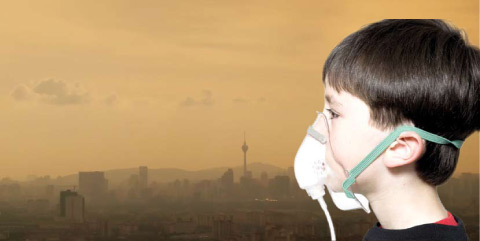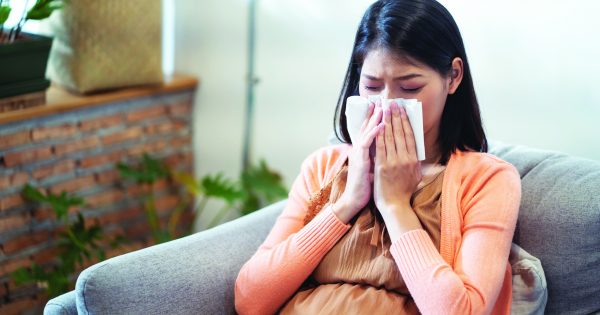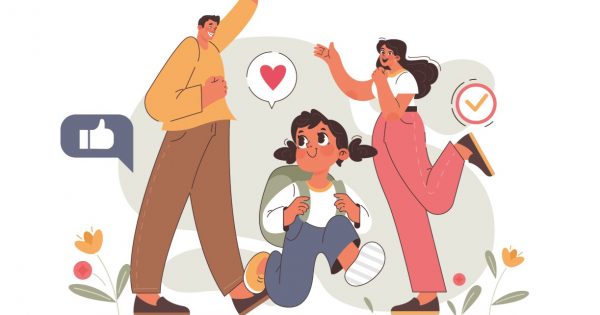When the days get hazy and the air is full of pollutants, we can all be sure that staying indoors is something we look forward to. Air pollution is a problem for everyone – not just people with respiratory diseases.
The general health effects of haze on a healthy person are usually mild and can be treated easily. At most, they may result in symptoms like irritation of the eyes, nose or skin rash.
In fact, two infants, 2 and 10 months, have died from a Rotavirus infection in Perak early in February this year.
However, haze can have a severe effect on children with asthma because:
- They play outdoors
- They have faster breathing rates
- Their lungs are still developing
- Their lungs are more sensitive
When your child plays outdoors, he usually breathes through his mouth, and the air that hits his lungs is drier and more polluted. The contrast between the clean air in the lungs and polluted inhaled air or dry inhaled air can trigger an attack.
Your child may experience restlessness during sleep, flared nostrils, breathing through pursed lips, fatigue, breathlessness, vomiting and fast breathing. There are also many audible warnings for asthma, including heavy wheezing, frequent throat clearing, and coughing without having a cold. It is important to watch for all of these signs.

Studies show there is a consistent correlation between the quality of air and the severity of asthmatic symptoms. During hazy days, it has been proven that the increase in air pollutants reduce lung function by inflaming the lining of the lungs. The airways over-react to the trigger and sets off a number of changes that are associated with inflammation. This explains the increased frequency of flare-ups and upper respiratory infections during hazy months.
Therefore, it is extremely important for teachers and coaches to be aware of the potential risks that children with asthma face during the hazy months.
Physical education teachers can help by rescheduling physical activities to certain times of the day when the air is clearer.
If the level of pollution in the air is high, outdoor sports may be substituted with indoor physical activities, depending on how the child can cope.
Here are some helpful hints to shield children against the haze:
- Stay indoors as much as possible. Avoid any outdoor sports and activities to reduce exposure to pollution.
- Watch the weather forecast. Many forecasts give information on air quality index and other conditions that might affect your asthma.
- Try to keep your doors and windows closed. If using air-conditioning, clean the filters regularly to improve and maintain air quality at home.
- If you need to go outside, remember that handkerchiefs tied over the nose and mouth are ineffective as the particles are fine enough to pass through normal cloth. Always use a mask when the haze is bad. It will block out fine particles and protect you from inhaling fine haze particles. Change your mask when it becomes soiled or distorted.
- Practise good hygiene through regular showers and frequent handwashing when you step indoors.
- Maintain hydration by drinking water regularly. Ensure your children get enough liquids and adequate rest.
- Another good way to boost your baby’s immune system is by breastfeeding. Breastfed babies generally have milder symptoms when it comes to ailments such as colds and flu.
- Stop wearing contact lenses when the haze is severe.
- Keep your reliever or rescue medicine with you at all times. You can’t always predict when you’ll encounter a trigger, which is why doctors prescribe controller medications for children with asthma. Taking these medications as prescribed can prevent flare-ups and help you handle triggers better.
- Lastly, talk to your GP about your child’s asthma management plan. Having a personal action plan and following it will help you get your symptoms back under control. Talk to your doctor or asthma nurse about getting one if you do not have one already. If this does not work, try look at your child’s medicines, triggers and lifestyle to see if anything can be changed.







Komen